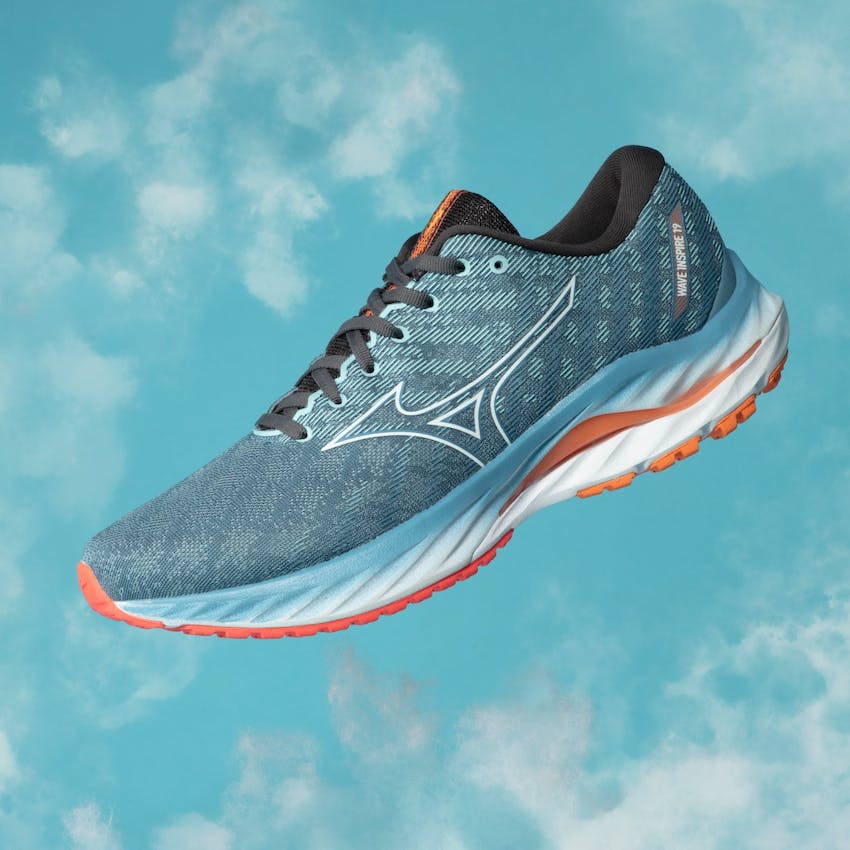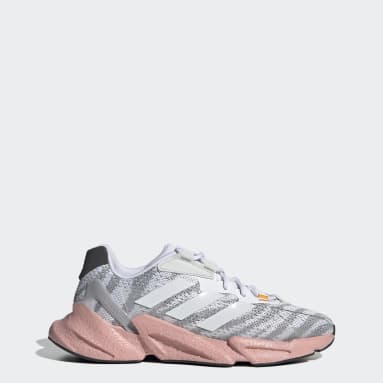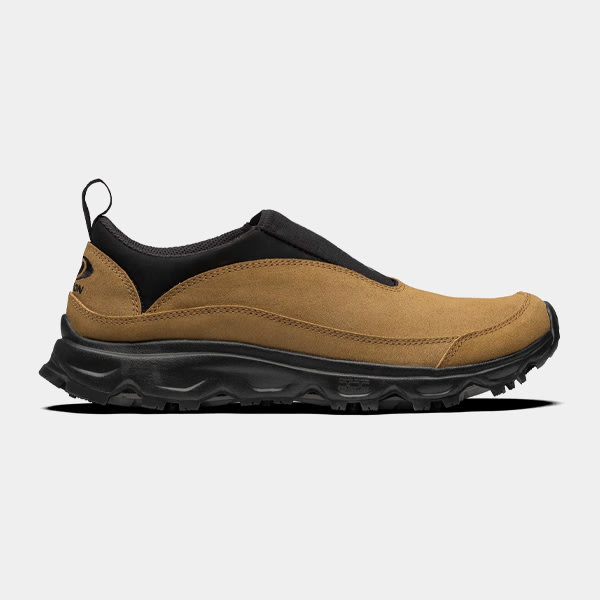
For at-home exercise, bodyweight exercises work well because they're challenging enough for all fitness levels. Bodyweight exercises can be done with your body weight, your arms and legs. For more variety, you can also try circuit training, HIIT or Supersets. You have many options to make these workouts challenging. You will need either a tape measure or a mat to get started.
Bodyweight exercises
You can do bodyweight exercises if you don't have access or the time to exercise. These workouts require only your body weight to resist, so you don't have to invest in expensive equipment or take up much space. These exercises are also flexible, meaning you can do them anywhere.

Circuit training
Circuit training is an effective way to raise your heart rate, strengthen your muscles and increase your strength. This type of workout involves rapidly moving through eight or 10 different stations that target different muscle groups. Each station is comprised of several exercises that last anywhere from 30 seconds to 3 minutes. Beginers can choose to do a single exercise or alternate upper/lower body exercises. Intermediate and experienced exercisers can cut out the rest between sessions. Beginners can also make their circuits more challenging by modifying the exercises as they progress.
HIIT
You can try HIIT exercises at home if your job requires you to exercise. These workouts are quick-paced and a great way for budget-conscious people to stay active. You can make your workouts more enjoyable by scheduling them. Remember that HIIT workouts should be done two to three times per week. Give yourself at least two days between each session to recover.
Supersets
One simple superset is a set of two exercises that target the same muscle group but with different difficulty levels. For instance, to work out the biceps, you can perform one multijoint movement and then perform a single-joint exercise. As with compound sets, you should complete each set until it fails. You can also use your bodyweight to do supersets. Two body weight exercises are required in this instance.

Apps
A variety of fitness apps are available in the App store that let you do a complete-body workout without needing any equipment. Peloton, with its thousands of videos as well as thousands of different workouts, is one of the most popular fitness apps. They include stretching and yoga as well cardio, cycling and strength training. Some of the most popular workout apps allow users to connect and receive support from each other.
FAQ
How nutrition and exercise can make your life better.
Exercise can help you stay healthy, lose weight and gain muscle mass. It also helps reduce stress. Nutrition is vital for energy, mood, sleep, and overall health. Eat less meat, limit alcohol consumption, avoid smoking, exercise regularly, and reduce your risk of dying.
What does nutrition do to your body?
Your body functions properly when you have the right nutrition. It is important to eat a balanced diet, rich in fruits and veggies, lean proteins, whole grain, and healthy fats.
What does Exercise do for your Body?
Exercise is a great way to lose weight, increase your energy, lower stress levels, strengthen your muscles, and improve your sleep quality. You will experience improved moods and self-esteem as well as increased productivity and a lower risk of developing heart disease.
Is it necessary to eat before exercising?
No. You don't have to eat before you start working out. However, if you're hungry after working out, you might want to snack on something light like fruit or yogurt.
Is it safe and legal to exercise in cold conditions?
If possible, go outside. While the air temperature is a major factor in determining whether or not it's safe to exercise outside, it's not the only one. Visibility, wind speed, humidity and precipitation all play a part. If you exercise outdoors in inclement weather, wear layers of clothing that protect you from wind chill and rain.
What happens if my sleep is not enough?
Lack of sleep means that your brain does not receive enough signals to regulate hormones. You may also gain weight and overeat. Sleep deprivation can also lead to excessive weight gain.
Statistics
- Physical activity confers the following maternal and fetal health benefits: a decreased risk of pre-eclampsia, gestational hypertension, gestational diabetes (for example, 30% reduction in risk) (who.int)
- Globally, 28% of adults aged 18 and over were not active enough in 2016 (men 23% and women 32%). (who.int)
- In high-income countries, 26% of men and 35% of women were insufficiently physically active, as compared to 12% of men and 24% of women in low-income countries. (who.int)
- One study showed that adults who watch more than 4 hours of television daily had an 80% higher risk of death from cardiovascular disease. (heart.org)
External Links
How To
How To Burn Belly Fats Faster
Belly Fat is usually seen as a problem when we want to lose weight. If you look at it, belly fat is actually a positive thing. It is the fat in your stomach that protects your organs. Let's find out how to lose belly fat quickly.
Stress and inactivity are two of the major factors that cause us to store body fat. Because stress stimulates the release of cortisol hormone, it makes us hungry all the time. Cortisol can increase insulin levels in the blood. Insulin then stores excess calories as fat. Lack of sleep causes the release of adrenaline into our system, leading to increased appetite. These extra calories are broken down through exercise.
There are many different ways to reduce bellyfat. Any one of these can be tried, depending on how much you have to spend. Here are some tips to help you get rid of belly fat quickly.
-
Try to eat less food. Eat smaller meals throughout the day rather than eating three big ones. This way, you'll consume fewer calories overall.
-
Drink lots of water. Water flushes out toxins from your body and keeps you hydrated. Also, drinking water before every meal will keep you feeling full longer so you won't overeat.
-
Avoid unhealthy snacks. If you're looking for quick fixes, snack foods like chips, cookies, candies, etc. It might sound tempting. But avoid these fattening treats as they contain lots of empty calories and too much sugar. Choose healthier alternatives such as whole grains, vegetables, fruits, seeds, nuts and seeds.
-
Three times per week, strength training is recommended. Strength training builds muscle mass that burns more calories, even when it is done while you rest. It also strengthens bones, muscles, ligaments, tendons, the heart, lungs, and joints.
-
Move regularly and stretch. Stretching is a great way to increase flexibility and mobility. This helps reduce back pain. Walking for 30 minutes is a great way to burn calories.
-
Reduce alcohol intake. Reduce alcohol intake. Alcohol is a waste of calories and has no nutritional value.
-
Reduce your weight gradually. To lose weight, the first step is to determine what your current weight. Then calculate your ideal weight by adding 5% to 10% of your total body weight. Once you have established your ideal weight, reduce your daily calorie intake by 500 to 1000 calories each day until you achieve your goal.
-
Avoid processed foods. These foods are high-in salt, sugar, as well as preservatives. Although they are convenient, processed foods don't have enough nutrients to sustain your health.
-
Don't skip breakfast! Eating breakfast improves concentration, memory, and energy level. Breakfast should include protein (like eggs), fiber (like oats), and complex carbohydrates (like oatmeal).
-
Have regular bowel movements. Gas and bloating can result from irregular bowel movements. To prevent this, drink plenty of water and increase fiber intake.